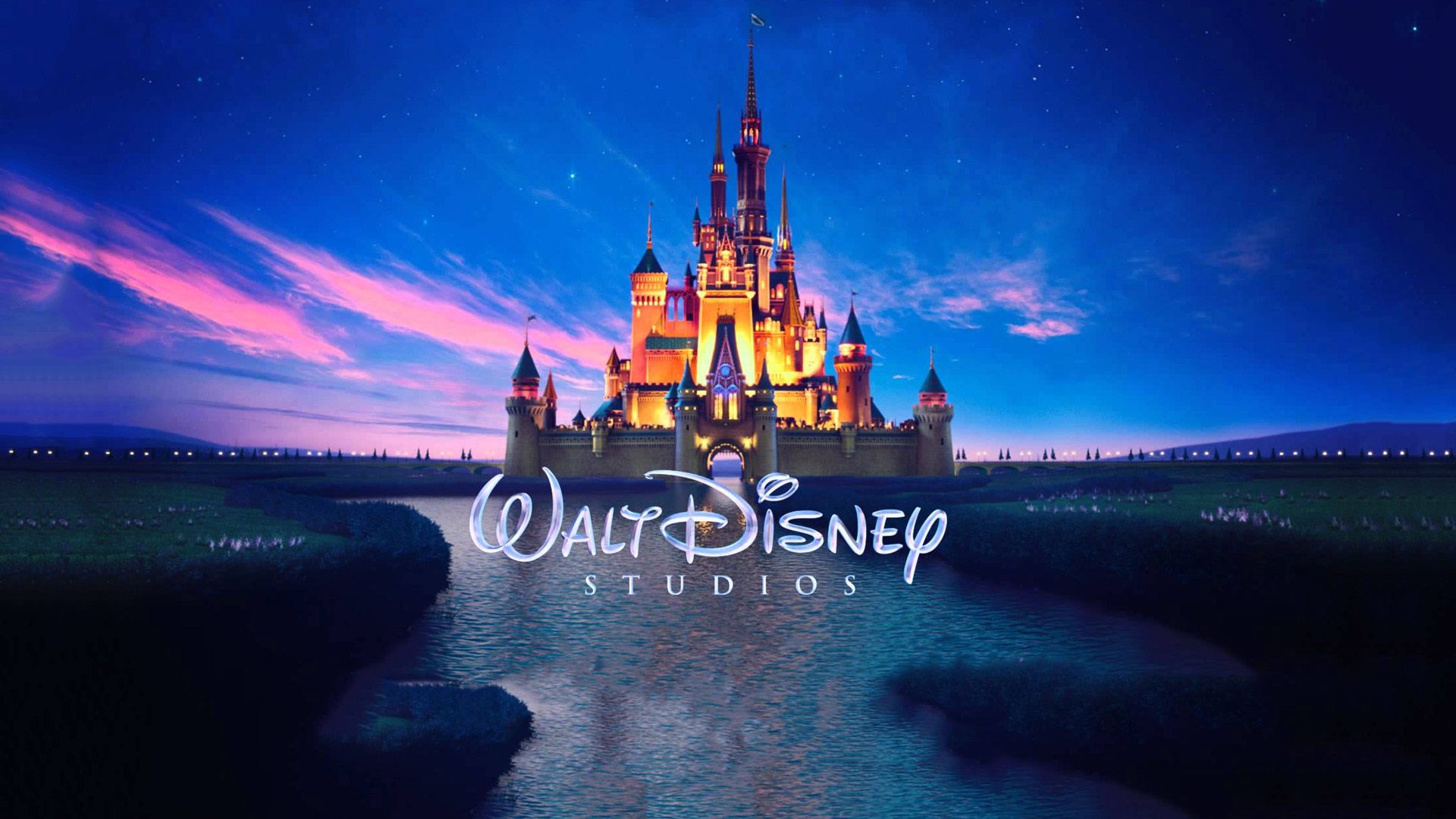Ownership, Distribution and Economics
Walt Disney was personally at the centre of most of the decision making in his company right from the time he set up the studios. He was interested in all stages of production and distribution. The Sword in the Stone, the feature film before JB was far less successful than earlier features and Disney himself was worried about this comparative failure. His company had diversified in the previous decade, developing theme parks, television series and live action films and Disney had become less hands-on with the animated feature production. But after the commercial failure of Sword he became more personally involved in the production of JB. Disney’s own politics were rather conservative, right-wing and undoubtedly this affected the representations constructed within the film. (An interesting article on how Disney’s personal, political views shaped the characterisation and narrative is found in “It’s A Jungle Book Out There, Kid!”: The Sixties in Walt Disney’s ‘The Jungle Book’, Greg Metcalf, Studies in Popular Culture, Vol. 14, No. 1 (1991), pp. 85-97.) JB seemed to ignore the black civil rights movements of the 1960s, as seen in the equating of black jazz music with the apish behaviour of the orang-utan, King Louis, thereby reinforcing racial stereotypes. (http://theweek.com/articles/617441/how-disneys-new-jungle-book-corrects-years-troubling-racial-undertones). This was something the makers of the 2016 version were keen to avoid (https://www.theguardian.com/film/2016/apr/03/jungle-book-disney-remake-racism-worries)
TASK: Read the following articles and add to your notes: How Disney's new Jungle Book corrects years troubling racial undertones and The Guardian: Racism Worries
TASK: Read the following articles and add to your notes: How Disney's new Jungle Book corrects years troubling racial undertones and The Guardian: Racism Worries
JB was released in the US in October 1967 (occasionally shown in a double bill with Charlie, the Lonesome Cougar) and was re-released in the US in 1978, 1984 and 1990 and in Europethroughout the 1980s; this maximised box office takings, as the film had already been produced.
According to the Disney animator Floyd Norman, ‘We never thought in terms of making The Jungle Book a box office smash. Today everyone thinks about the opening weekend box number. We just wanted to finish the movie. We were just thinking about making Walt happy. If the picture was a flop and Walt was happy, then we were happy. Walt knew that if he had a good picture, it would eventually earn its money. He just moved forward.’
(https://d23.com/floyd-normans-9-wild-stories-from-the-making-of-the-jungle-book-1967/)
Yet it certainly was a box office smash and easily recouped the original investment by Disney: the budget was $4 million but JB has now made $141 million gross in the US (the 29th highest grossing film of all time in the US) and $205 million worldwide. An estimated $6.8 million (out of around $60 million foreign gross) came from Germany alone, making it Germany’s highest grossing film of all time (and the most successful film of all time in terms of ticket admissions in the country with 27.3 million tickets sold) – your can read more on this at http://www.hollywoodreporter.com/news/germany-original-jungle-book-biggest-885953
Walt Disney Home Entertainment released it on VHS in 1991 (and the UK in 1993) and on DVD in 2007. It was re-released several times on DVD and on BluRay – with extras or different packaging in order to pick up new buyers (e.g. the Limited Edition DVD released by Buena Vista Home Entertainment in 1999 or the Diamond line combination of Blu Ray and DVD in 2014). Occasionally Disney films are ‘vaulted’ meaning they are not available for purchase, which pushes up the demand – the Diamond edition of JB disappeared to the vault in January 2017, for example. However, the classic edition of the DVD and merchandise relating to JB are still available in Disney Stores and on the Disney website, which is marking the 50th anniversary.
The original vinyl soundtrack for JB was also the first record to achieve gold status in the USA from an animated feature film. JB has also been released by Disney as digital downloads via iTunes, Disney Movies Anywhere, Disney Life, Amazon Video, Movies Anywhere, Google Play etc.
Disney produced a live-action version in 1994 and an animated sequel, The Jungle Book 2, in 2003, which Disney had intended to release direct to video (under Michael Eisner a number of straight to video sequels were produced, which in turn promoted the original films).
As a company Disney was already vertically integrated at the time JB was originally released. Disney produced films at its own studios and distributed them via its own wholly owned Buena Vista Distribution Company. It was distributed in the US by the Buena Vista Distribution Company and internationally by Buena Vista International, which were owned by Walt Disney Studios . It handled theatrical distribution, marketing and promotion for films produced and released by Walt Disney.
The company had diversified into theme parks, creating Disneyland, and television, and Disney had been aware of the value of merchandising from the very beginning (a visit to a famous online auction site will often show examples of early JB merchandise, for example). Disney’s influence on the animated film industry is immeasurable: Walt Disney even helped found the California Institute of the Arts (CalArts, which included a Disney- developed animation program of study among its degree offerings. Many of the animators who worked at Disney and other animation studios from the 1970s to the present studied there).
After Walt Disney’s death the company began a decline for couple of decades, strongly indicating his personal influence and personal successes in running the company.
